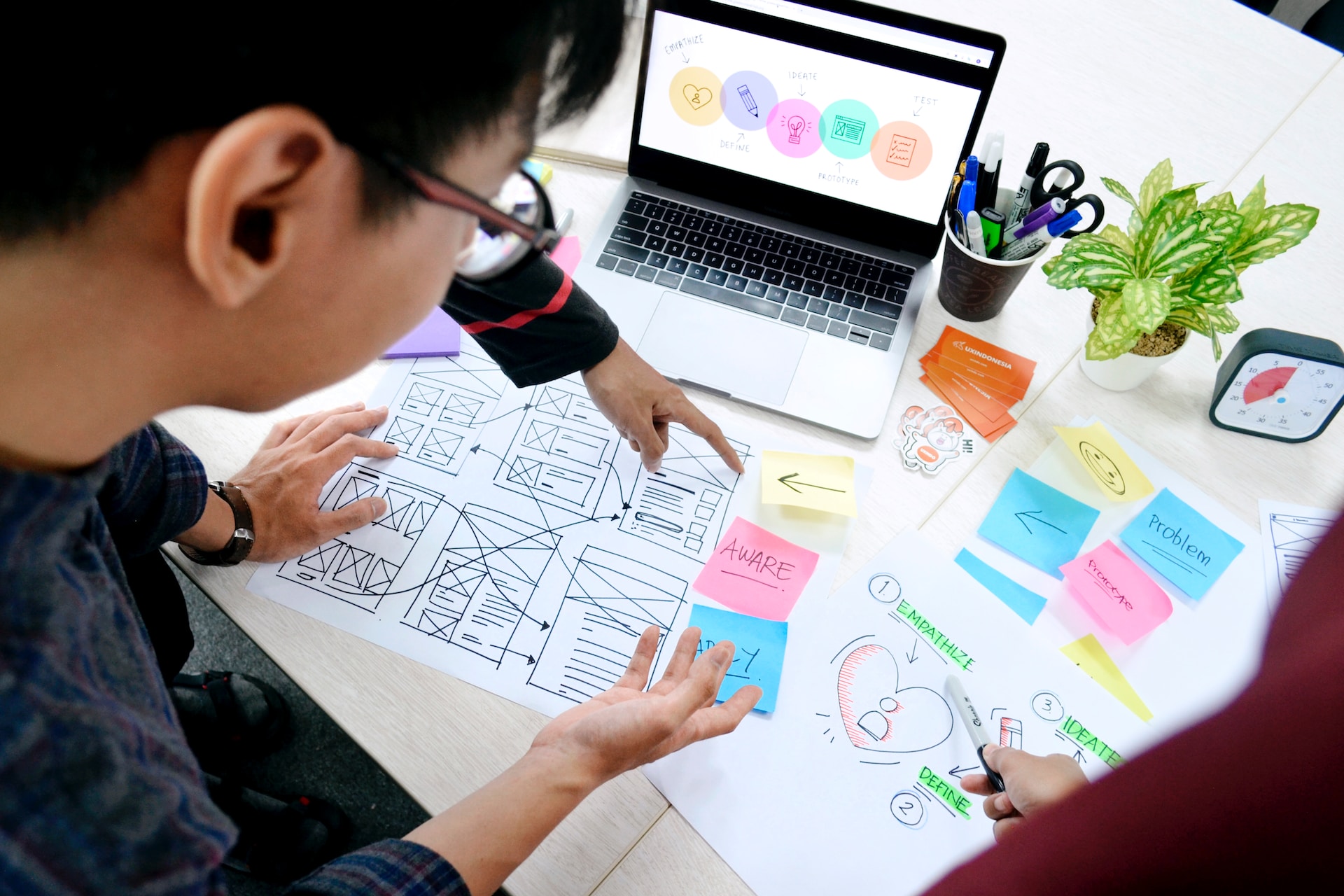Microinteractions in Website Design: Boosting User Experience with Small Details

In the world of website design, it’s often the smallest details that make the biggest impact on user experience. Microinteractions, which are subtle design elements that facilitate user engagement, have become a crucial aspect of crafting a user-friendly and satisfying website. In this thoughtful article, we’ll explore the concept of microinteractions, focusing on how these small yet powerful touches can significantly enhance the overall user experience on your small business website.
From animations and button feedback to progress indicators and form validations, microinteractions guide users through your website and provide delightful moments of interaction. Implementing these elements thoughtfully can create a more engaging, intuitive, and enjoyable browsing experience for your visitors, ultimately contributing to increased customer satisfaction, brand loyalty, and conversions. Dive in as we examine the subtle art of microinteractions and learn how to elevate your website’s user experience through the power of small details.
I. Understanding Microinteractions and Their Importance
Microinteractions are the subtle, functional design elements that facilitate user interaction with a website or digital product. They can include transitions, animations, button clicks, and other small visual cues that guide users through a website and create a seamless, intuitive experience. Microinteractions play a crucial role in enhancing user satisfaction by making website navigation feel more natural, engaging, and enjoyable.
In the realm of user experience (UX) design, these seemingly insignificant details have a significant impact on the overall quality of the user journey. When implemented effectively, microinteractions help users effortlessly comprehend and interact with a website, ultimately leading to longer browsing sessions, higher overall satisfaction, and increased conversion rates.
II. Examples of Microinteractions in Website Design
To gain a deeper understanding of microinteractions, it’s helpful to consider some common examples found in website design. Each of these examples demonstrates how microinteractions encourage user engagement and improve overall user experience.
1. Button Feedback: When users interact with buttons, providing visual feedback (such as a color change or slight animation) can create a sense of responsiveness and interactivity. This feedback confirms that the user’s action was recognized and successful, preventing confusion and frustration.
2. Hover Effects: As users navigate a site, hover effects provide subtle visual cues that indicate clickable elements, such as links or buttons. These effects can include color changes, animations, or underlining, which all serve to guide the user through the interface.
3. Form Validation: When users complete forms on a website, microinteractions can offer immediate feedback on the validity of input data. This is particularly helpful for preventing submission errors and ensuring that users provide the correct information. Examples of form validation microinteractions include highlighting incorrect fields, displaying suggested corrections, or showing a progress bar as a user completes the form.
4. Progress Indicators: In cases where content may take time to load, utilizing progress indicators (such as spinner animations or percentage-based loaders) can alleviate user frustration by providing a clear indication of the time remaining before content is fully loaded.
III. The Psychological Impact of Microinteractions
Underlying the effectiveness of microinteractions is the fact that they tap into basic human psychology. These small design elements directly influence user perception and behavior in several ways:
1. Encouraging Positive Feedback: When microinteractions acknowledge user actions, they offer small doses of positive reinforcement, triggering the brain to release dopamine, a neurotransmitter linked to feelings of pleasure and motivation. This, in turn, encourages users to continue browsing and interacting with the website, which translates to higher engagement rates.
2. Promoting the Principle of Consistency: Consistency is a fundamental principle of effective UX design, and microinteractions often reinforce this concept by providing consistent visual cues and feedback throughout a website. A consistent experience fosters user trust and increases the likelihood that users will continue to explore and interact with a website in the long term.
3. Enhancing the Element of Delight: Microinteractions have the ability to introduce an element of delight in otherwise mundane actions. Clever animations, thoughtful interactivity, and humorous responses can create an enjoyable and memorable user experience, ultimately leading to increased brand loyalty and user satisfaction.
IV. Implementing Microinteractions in Your Website Design
To leverage the power of microinteractions, follow these best practices when incorporating them into your website design:
1. Focus on the User Journey: Microinteractions should support and enhance the user journey, not distract from it. Always consider the purpose of each microinteraction and how it contributes to guiding users through your website effectively and efficiently.
2. Keep It Subtle: Remember, the name of the game is “micro” for a reason. Overdoing it with animations and visual gimmicks can lead to a cluttered interface and a disjointed experience. Less is often more – focus on subtle, meaningful effects that won’t overwhelm or distract the user.
3. Strive for Consistency: To create a cohesive user experience, it’s crucial to maintain consistency with your microinteractions. Utilize similar colors, transitions, and animations throughout your website to reinforce a unified look and feel.
4. Test and Iterate: As with any aspect of UX design, testing is key. Implementing microinteractions on your website requires monitoring user reactions and tweaking elements as needed based on feedback. Conduct user testing to identify potential areas of improvement and refine your microinteractions to ensure optimal user satisfaction.
V. Harnessing Microinteractions for a Competitive Edge
In today’s increasingly competitive online landscape, creating a website that stands out and keeps users engaged is more important than ever. By incorporating microinteractions into your website design, you can create a user experience that is not only more enjoyable but also more effective in driving conversions and brand loyalty. Keep in mind that these small touches, when used appropriately and strategically, can make a significant difference in the overall success of your small business website.
Elevate Your Website’s User Experience with Expertise
Microinteractions serve as essential building blocks in creating a truly engaging, enjoyable, and user-friendly website. By paying attention to these subtle design details, you can enhance your online presence, promote user satisfaction, and ultimately drive your small business’s success.
Ready to create a memorable and effective website for your business? At Digital Alchemy, our experienced team of web designers and developers knows just how to incorporate microinteractions and other design techniques to enhance user experience and maximize conversions. Let our experts in web design in Charlotte help you create a digital destination that captures your unique essence while keeping users engaged and satisfied. Contact us today and discover how our comprehensive website design solutions can elevate your online presence, grow your brand, and propel your small business forward.
Tell Your Story Well.
If you need help with digital marketing or want to learn about how to increase your reach, connect with Digital Alchemy. We provide tailored solutions and approaches to make your business grow.
Let's create a compelling digital marketing message that works, and bring it to the world using clean, modern, website development, social marketing, SEO, digital advertising, email, and more. Let’s talk.
Plan A ProjectPlan your project
Ready to get started? Schedule a time with us to discuss your
goals and learn how we can help you reach them.




